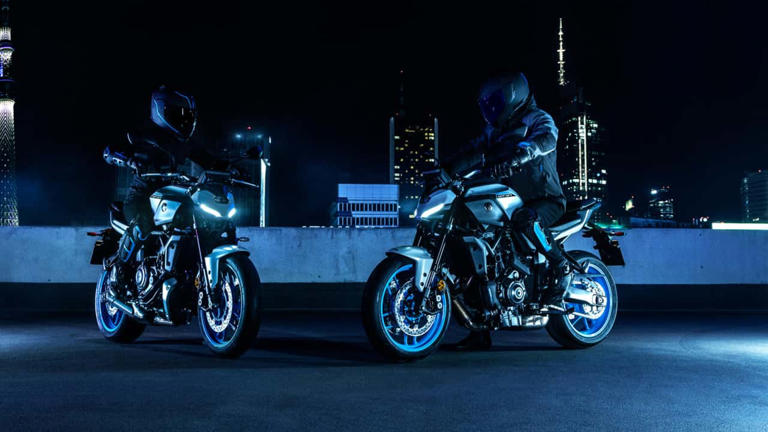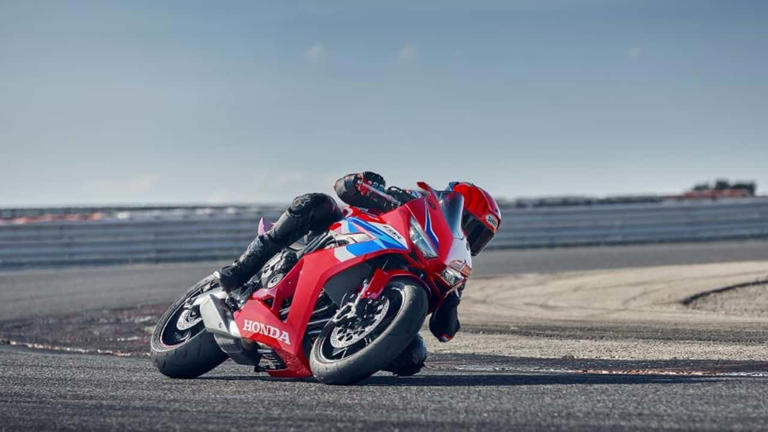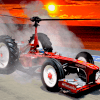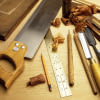There’s a subtle revolution underway in the world of motorcycles—and no, it’s not just about electrification. This shift is happening in how we ride. More manufacturers are starting to rethink one of the most fundamental parts of motorcycling: shifting gears. Automatic transmissions are steadily making their way beyond scooters and into mainstream bikes.

Take Yamaha’s Y-AMT, for instance. It automates both clutch and gear changes, offering riders a choice between fully automatic mode or button-controlled manual shifting.

Honda has been in this game the longest, refining its Dual Clutch Transmission (DCT) over more than a decade. More recently, it introduced the E-Clutch, a system that automates the clutch but still uses a standard shift lever. KTM has also stepped into the arena, unveiling an Automated Manual Transmission (AMT) setup—completely eliminating the clutch lever. Of course, with KTM’s recent internal shakeups, it’s worth watching how their tech evolves.
Personally, I’m still a fan of the traditional manual setup. There’s a satisfying rhythm to managing your own shifts. But I also see the appeal of automatics. For beginners, daily commuters, or riders with mobility challenges, automatic transmissions make the experience more accessible and less intimidating.
Enter QJ Motor. While they aren’t the first to create an automatic sportbike, they are among the first to make it genuinely affordable. Their new SRK 500 RA—sold as the 450 AMT in China—is a fully faired, middleweight sportbike that ditches foot controls altogether. That’s right: no gear shift lever and no foot brake. The rear brake has been moved to the left handlebar, much like a scooter, and gear changes are handled either automatically or via paddle-style buttons.
The trend is spreading. Yamaha’s 2025 MT-07 will offer a Y-AMT variant, and Honda’s CBR650R is already available with the E-Clutch system. QJ’s new bike fits right into this growing segment, featuring sharp styling that echoes bikes like the MV Agusta F3.
Under the hood (or rather, the fairings), the SRK 500 RA is powered by a 449cc liquid-cooled parallel twin, delivering a claimed 53 horsepower at 9,500 rpm and 31.7 lb-ft of torque at 8,000 rpm. For European markets, that will likely be capped at 48 horsepower to meet A2 licensing regulations. It’s already certified to meet Euro 5+ emissions standards.
As for the chassis, the bike features a steel bridge frame, Marzocchi inverted front fork, a rear monoshock, and Nissin brakes with ABS as standard. The seat height sits at a manageable 30.9 inches, and the bike weighs a respectable 386 pounds fully fueled. It rides on 17-inch wheels with 110/70 front and 150/60 rear tires—fairly standard for the 400-500cc sportbike class.
The styling really pops thanks to a single-sided swingarm and sharp bodywork that wouldn’t look out of place next to a Ninja or CBR. In China, it sells for the equivalent of just $3,300 USD. Even after shipping, taxes, and dealer markups, it could still arrive in international markets for well under $5,000—assuming tariffs don’t get in the way.
At that price, it’s a seriously compelling option, especially for newer riders looking for a sporty experience without the learning curve of a traditional manual transmission.
Compared to the systems from Honda and Yamaha, QJ’s approach might be even more approachable—it completely removes manual shifting and clutch control, making it the most beginner-friendly option yet. It’s not here to replace traditional gearboxes, but it’s expanding the possibilities for riders of all backgrounds.
Will automatic motorcycles take over? Time will tell. But one thing’s clear: they’re no longer just a fringe concept. They’re becoming a legitimate and growing part of the motorcycling world—and that could be a very good thing.




































